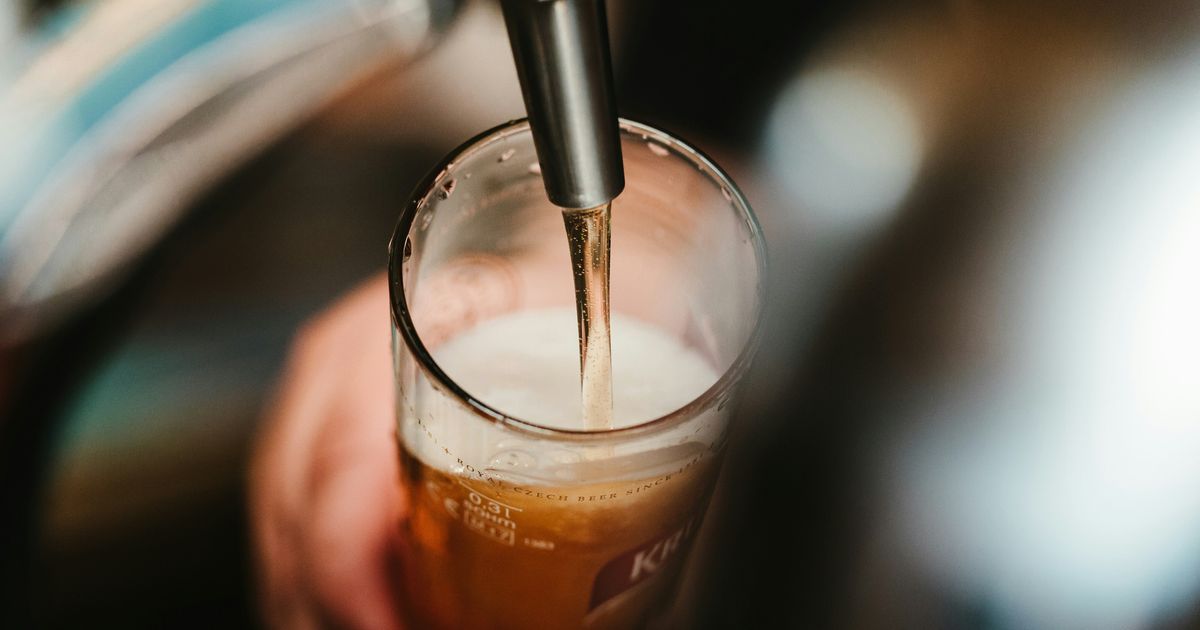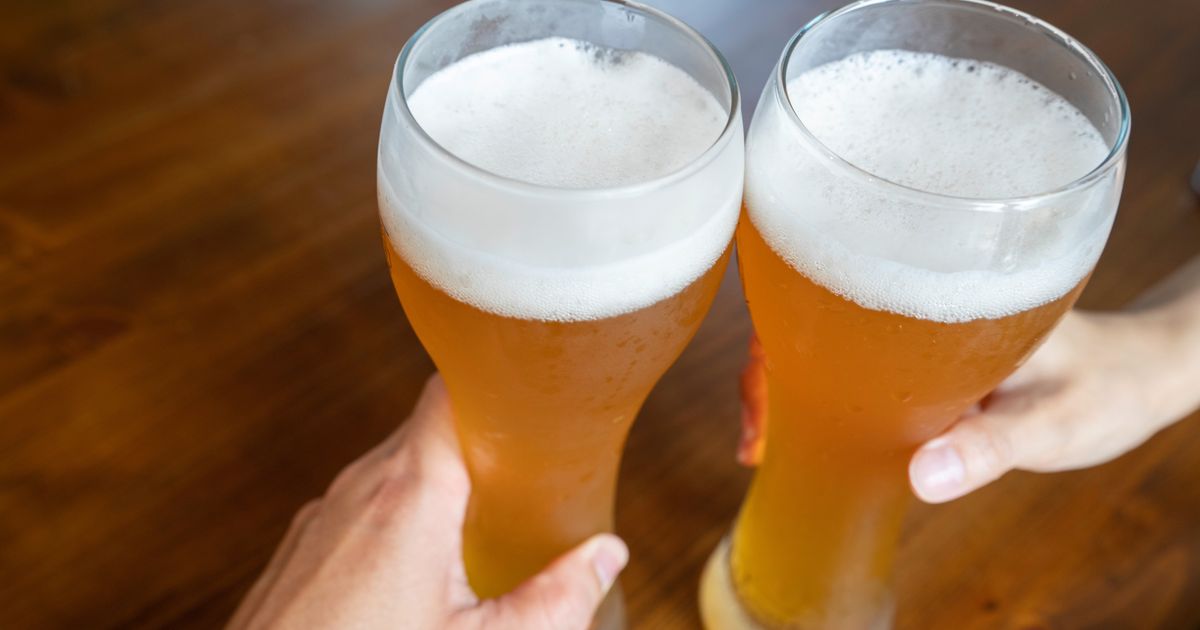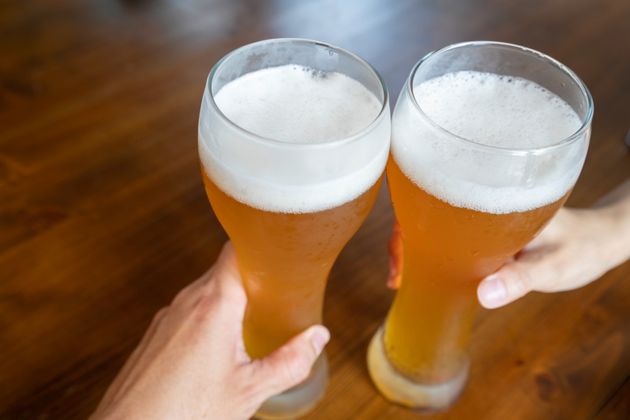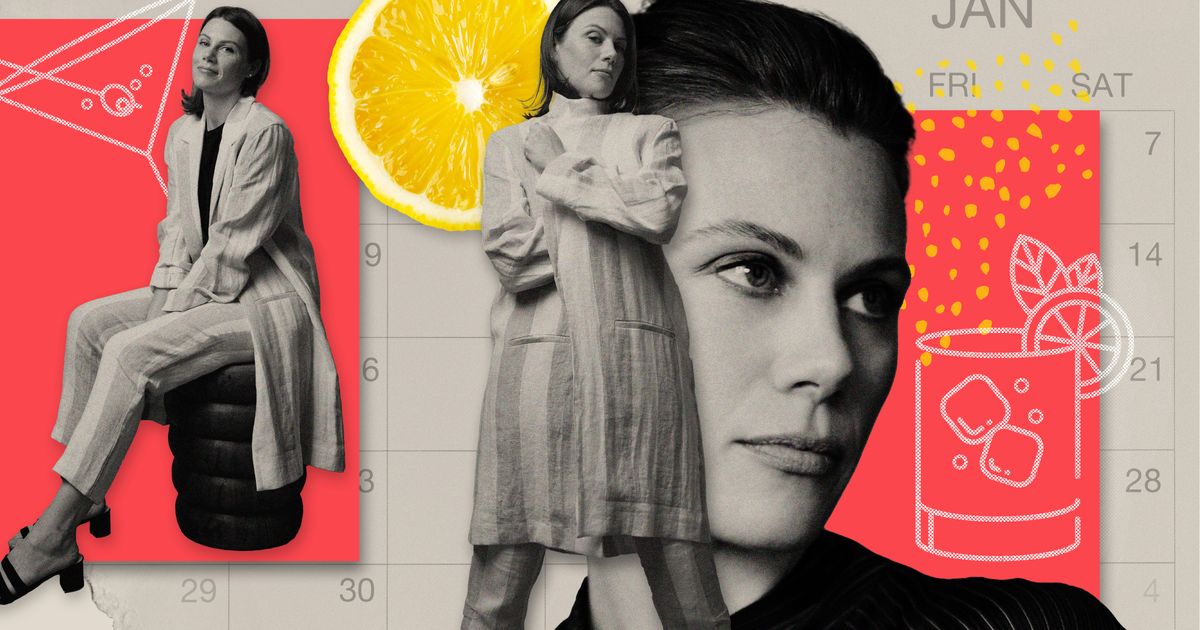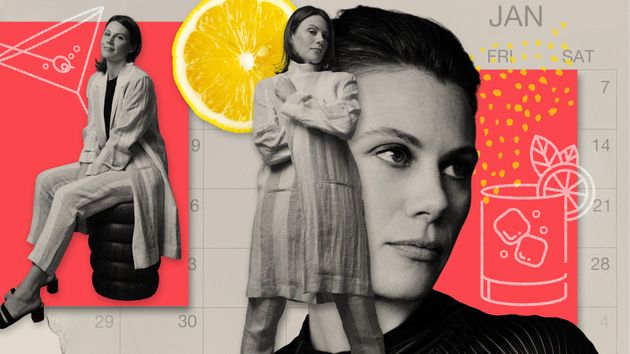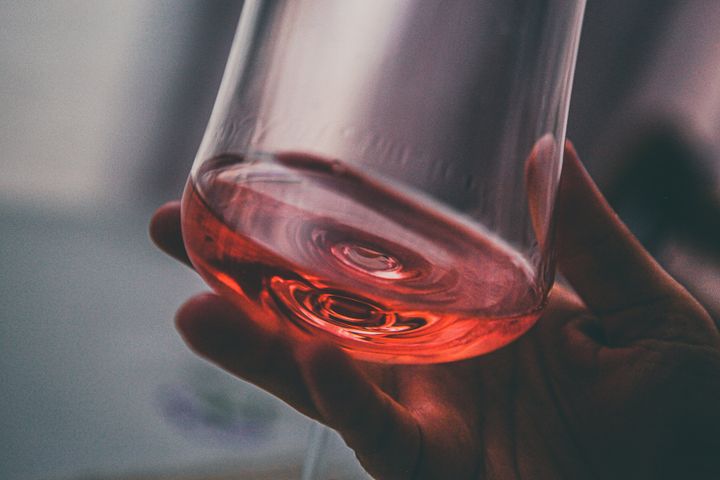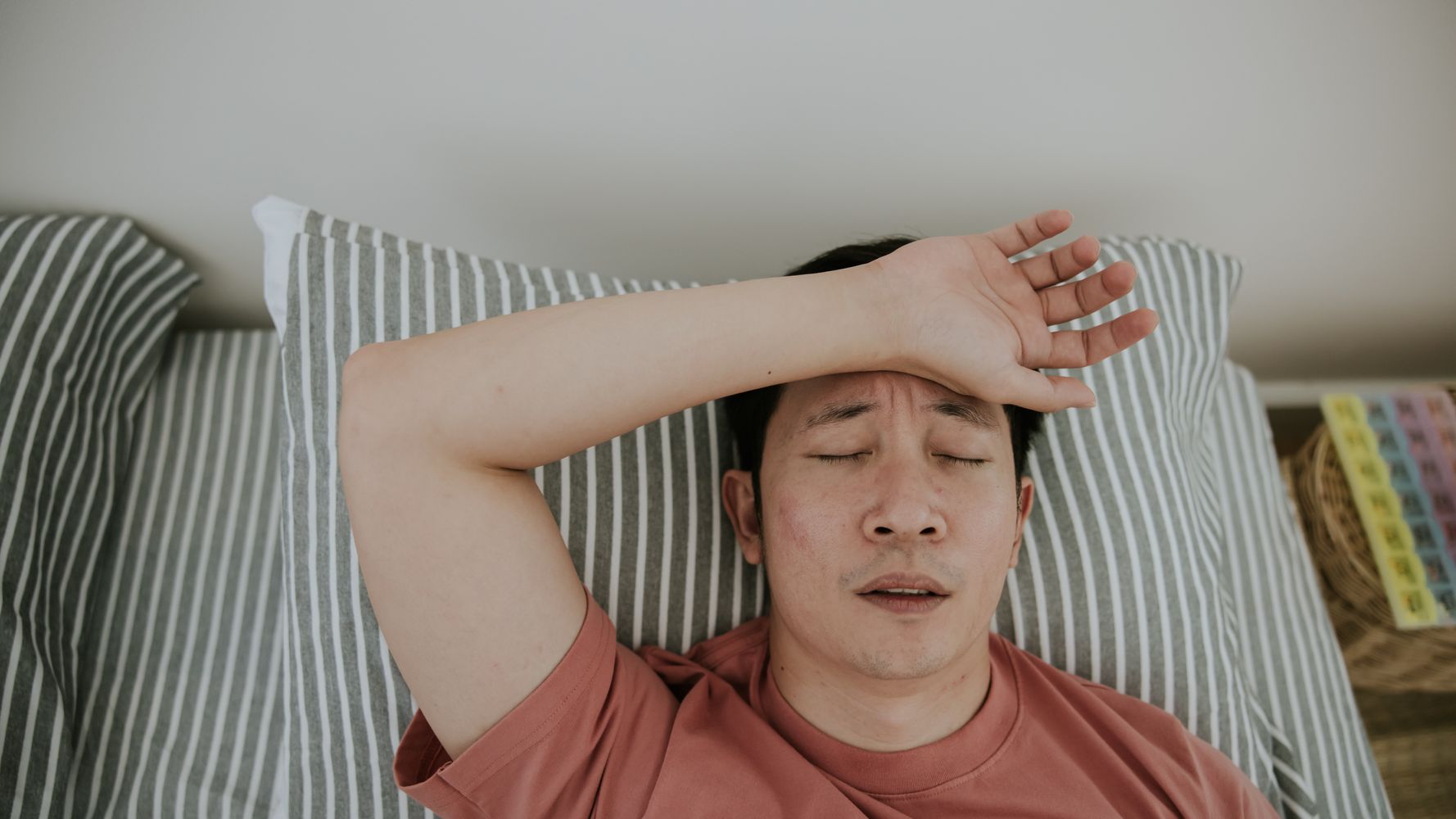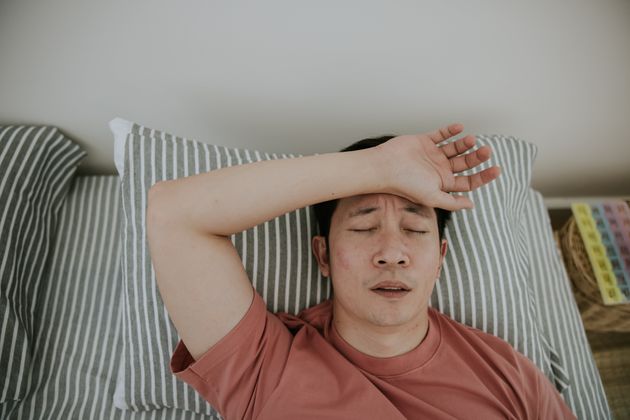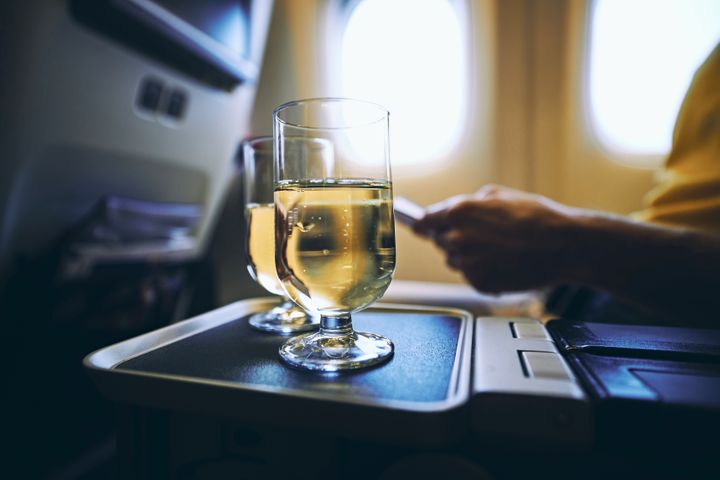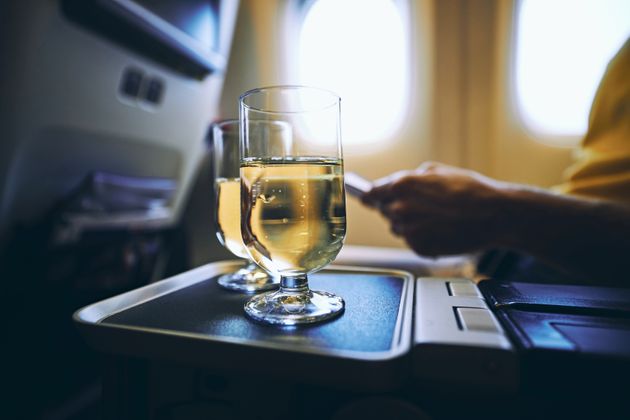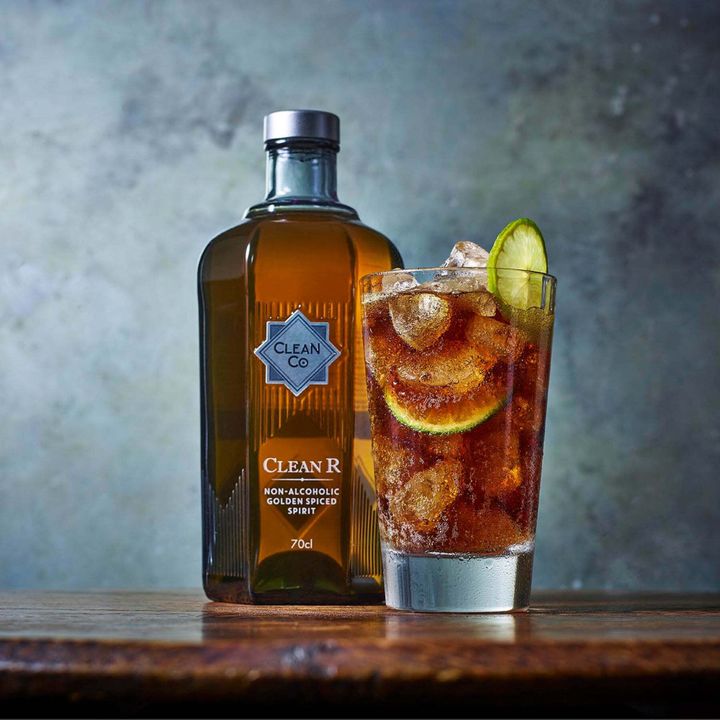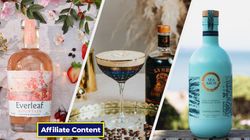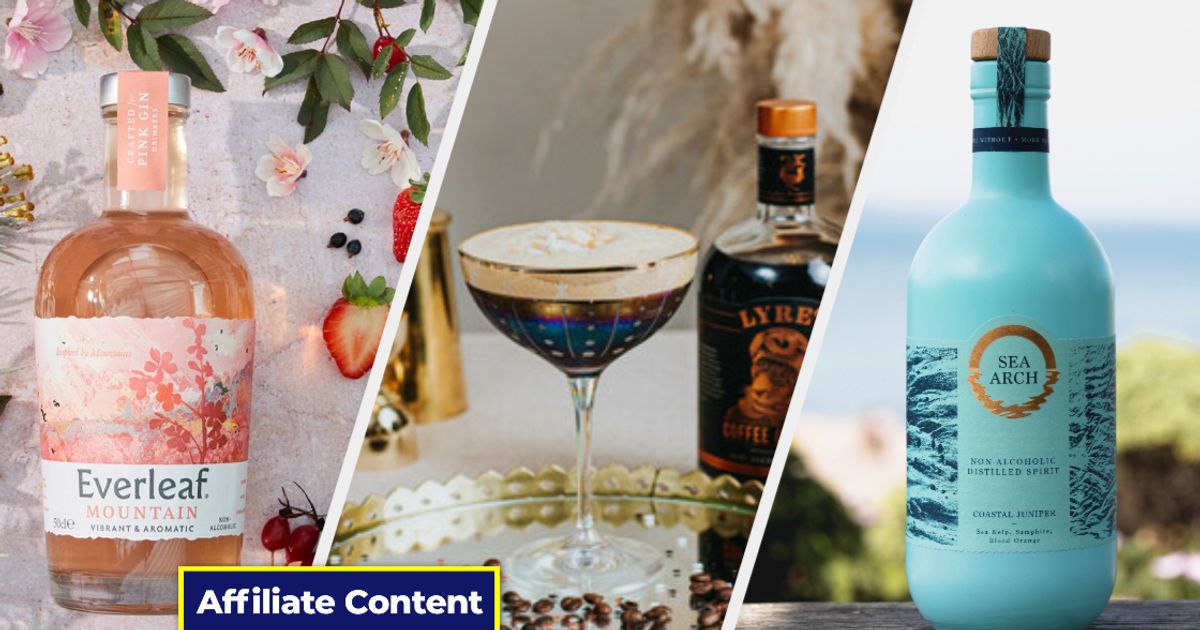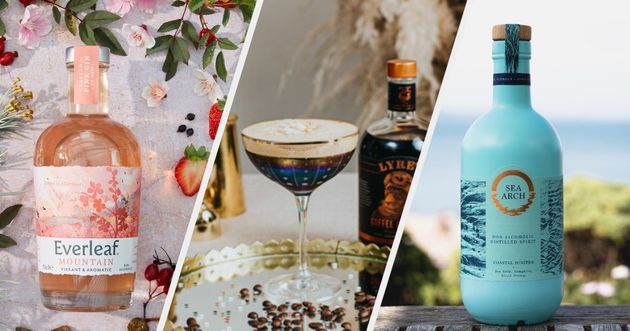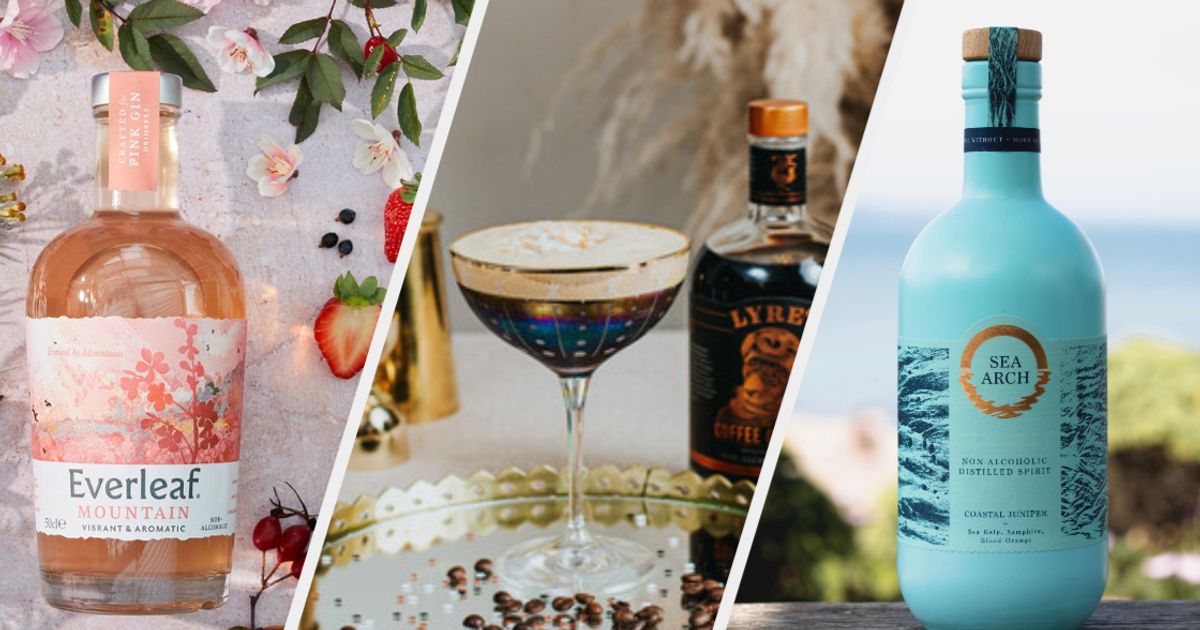“My ability to tolerate alcohol, even in small doses, dramatically declined,” Dr. Mary Claire Haver, an OB-GYN and author of “The New Menopause,” wrote in a pinned Instagram post, listing what “shocked” her about her own menopause.
Emma Bardwell, a registered nutritionist who focuses on menopause and perimenopause, said something similar on Instagram recently: “Alcohol and menopause. Not a great mix if we’re all honest, but often a crutch we use to numb the overwhelm.”
Advertisement
Conversations about menopause and alcohol seem to be popping up on social media more lately. But doctors say their patients have been mentioning it for years — saying things like they suddenly feel tipsy after a single drink in their 40s and 50s or that alcohol generally makes them feel lousy.
“This is not something new,” said Dr. Lauren Streicher, a professor of obstetrics and gynaecology at Northwestern University, and host of Dr. Streicher’s Inside Information: The Menopause Podcast. “I’ve been doing this for decades, and women have often said to me, ‘Boy, I just can’t drink anymore. It makes my hot flashes worse. I’m already sleeping terribly. It makes my sleep worse.’”
While Streicher said there’s “probably a connection” between alcohol tolerance and perimenopause and menopause, it hasn’t been well studied.
Advertisement
Still, you might be curious about that connection if you’ve reached your 40s and noticed alcohol hits a little differently. Here’s what women’s health experts want you to know.
Is it ageing or perimenopause?
Menopause is a normal part of the aging process for women and refers to the stage when menstrual periods end, and they can no longer get pregnant, according to the National Institute on Aging. The average age of menopause is 51, but perimenopause typically starts eight to 10 years beforehand.
During perimenopause, your levels of the hormone oestrogen start to decline, and this can bring symptoms like hot flashes, low libido, irregular periods, vaginal dryness, mood changes and problems sleeping.
Advertisement
Some also report changes in their alcohol tolerance. But this is likely more age-related than menopause-related, said Dr. Monica Christmas, an associate professor of obstetrics and gynaecology, and director of the menopause program at the University of Chicago Medicine and associate medical director of the Menopause Society.
Both men and women lose muscle mass as they age, and the amount of fat in the body increases. Fatty tissue doesn’t retain as much water. So when you drink, the concentration of alcohol in your bloodstream becomes more concentrated, Christmas said.
Your liver also doesn’t metabolise alcohol as efficiently and quickly as you get older since your levels of enzymes that break down alcohol also start to decline, she said. Women have lower levels of these enzymes to start with and tend to have less body mass than men, so they naturally process alcohol differently — especially when they get older.
Advertisement
Another factor is that liver function may be impacted by oestrogen, Streicher said. Theoretically, lower oestrogen levels could get in the way of metabolising alcohol, but she noted that this hasn’t been well studied.
Because of these changes, you might feel the effects of alcohol more quickly than you used to or feel hungover even when you didn’t drink much, said Dr. Madeline Dick-Biascoechea, an OB-GYN and director of the Menopause Program at the University of Maryland Medical Center. As your alcohol metabolism changes, “You will have increasing effects of alcohol per volume that you drink as you age,” she said.
How alcohol affects perimenopause and menopause symptoms.
Many women report drinking more alcohol to deal with their menopause symptoms, including hot flashes, mood shifts and sleep disruptions, research shows. However, alcohol can actually make them worse.
Advertisement
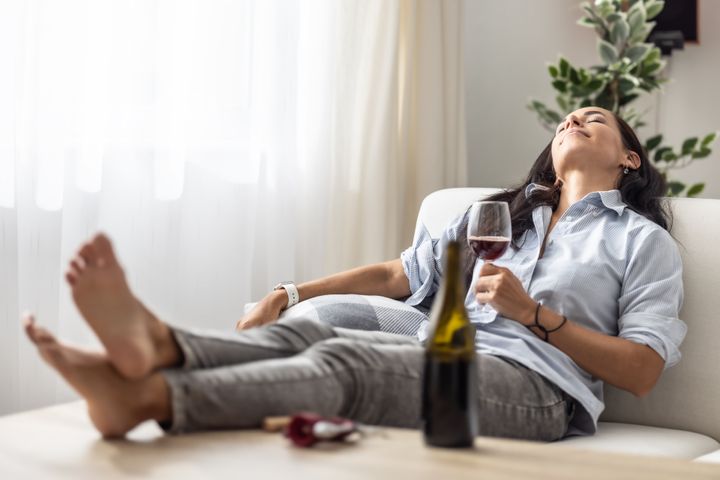
SimpleImages via Getty Images
Shifting hormones can disrupt the body’s ability to regulate temperature. Your blood vessels dilate when you drink alcohol, and this could trigger hot flashes and night sweats, Christmas said.
About half of menopausal women report difficulty sleeping. Sipping a glass of wine in the evenings might make you feel relaxed and sleepy, but it can actually disrupt your quality of sleep, Streicher said.
Advertisement
Many women also experience anxiety, depression, lack of motivation and a loss of interest in activities during menopause — and as a depressant, alcohol can make these mental health challenges worse, Christmas said.
“Drinking alcohol during the time when we’re already experiencing these natural changes related to hormonal fluctuation, alcohol can exacerbate them,” she said. “And so, that also may feel like an intolerance.”
Keep in mind, though, that everyone experiences perimenopause and menopause differently — some women have no symptoms, while others experience them intensely, Christmas added, and not all women notice changes in how alcohol affects them.
Advertisement
What to do if your alcohol tolerance seems to be changing.
Pay attention to how much you’re drinking as you reach perimenopause and menopause, Dick-Biascoechea said. Not only can it potentially worsen symptoms, it could raise your risk for other health conditions.
A 2025 report by the Office of the Surgeon General said that consuming alcohol can raise your risk for breast, colorectal, throat, mouth, voice box, oesophageal and liver cancer. Excessive alcohol intake has also been linked to dementia, osteoporosis and cardiovascular disease.
Dick-Biascoechea said women should have no more than one drink per day or seven per week. According to the National Institute on Alcohol and Alcohol Abuse, one standard drink equals 5 ounces of wine, 12 ounces of beer, and 1.5 ounces of distilled spirits.
Advertisement
If you’re drinking more than that, she suggested cutting back, and if that’s a struggle, talk to your doctor for help. Resources are also available at FindTreatment.gov.
Even when you drink in moderation, sip more water with your beer, wine or cocktails, Christmas said. Also, make sure to consume alcohol on a full stomach.
Drinking is “not a solution for your menopause symptoms, and it’s going to have an enormous impact on your overall health,” said Streicher, who asks patients about their alcohol intake when they bring up menopause symptoms.
Advertisement
She added that there are safe, effective solutions for addressing perimenopause and menopause symptoms. This might include hormone therapy, treatments for vaginal dryness, sleep problems or mental health issues, and lifestyle recommendations, according to the Cleveland Clinic.
Streicher recommended seeking out a menopause practitioner for help — and added that not all doctors are experienced with menopause or perimenopause. The Menopause Society offers an online tool to help you find an expert in your area.
Ultimately, menopause is a normal stage of life, Dick-Biascoechea said. “But, being normal doesn’t mean that it’s easy. It’s a lot of changes … and keeping yourself as healthy as possible will make this transition better and successful.”
Advertisement






